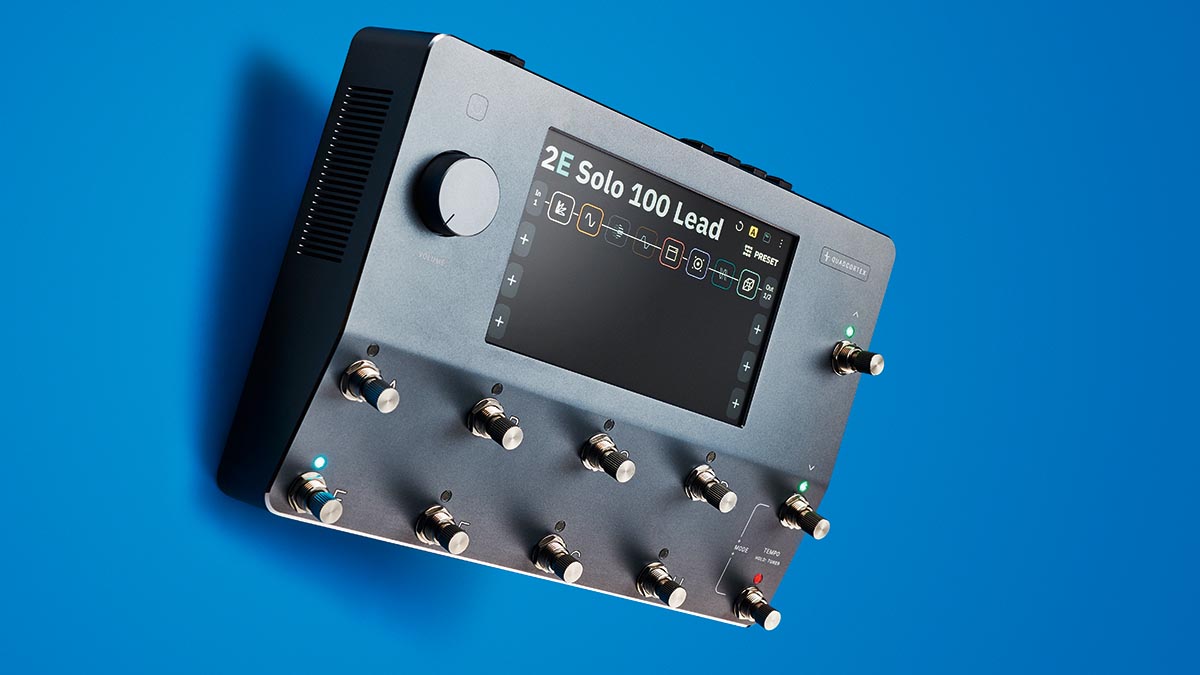Guitar World Verdict
A digital all-in-one rig with seemingly limitless possibilities, top-quality sounds and a user experience that makes tweaking both rewarding and pain-free, the Quad Cortex represents a new standard for floor-based amp modeling and multi-effects units.
Pros
- +
User-friendly design.
- +
Big screen can display entire signal chains.
- +
Endless supply of tones.
- +
Compact, tough and portable.
Cons
- -
No desktop app or looper yet.
You can trust Guitar World
Neural DSP is no stranger to delivering high quality amp modeling – see its stellar roster of Neural DSP plugins for evidence of that. So when the Helsinki-based firm showed up to last year’s NAMM with the Quad Cortex floor modeler, you’ll understand we got pretty excited about it – in fact, the whole guitar-playing world seemed to get positively giddy over the prospect. Not just because a revered software company had released its first hardware product, but what lay within its aluminum unibody.
From the off, the Quad Cortex promises unrivaled power in such a small footprint that Neural DSP calls it “the most powerful floor modeler on the planet”, stuffed with 2GHz of dedicated DSP power straight out of its Quad-Core SHARC processor.
All that power doesn’t mean a thing if it can’t deliver sonically, but you can rest assured that it does, in spades. And that’s not all: one of the biggest surprises when using the Quad Cortex for the first time is how intuitive the interface layout is. As soon as we’d plugged in, we were instantly surfing the huge number of presets, cycling through and adding various effects as if we’d been using it for years.
With the 7” screen, there's plenty of screen real estate to fit in whole signal chains, without the need for different menus dedicated to just effects or amp models. For live performance, meanwhile, there are three main operation modes: Preset, Stomp, or Scene.
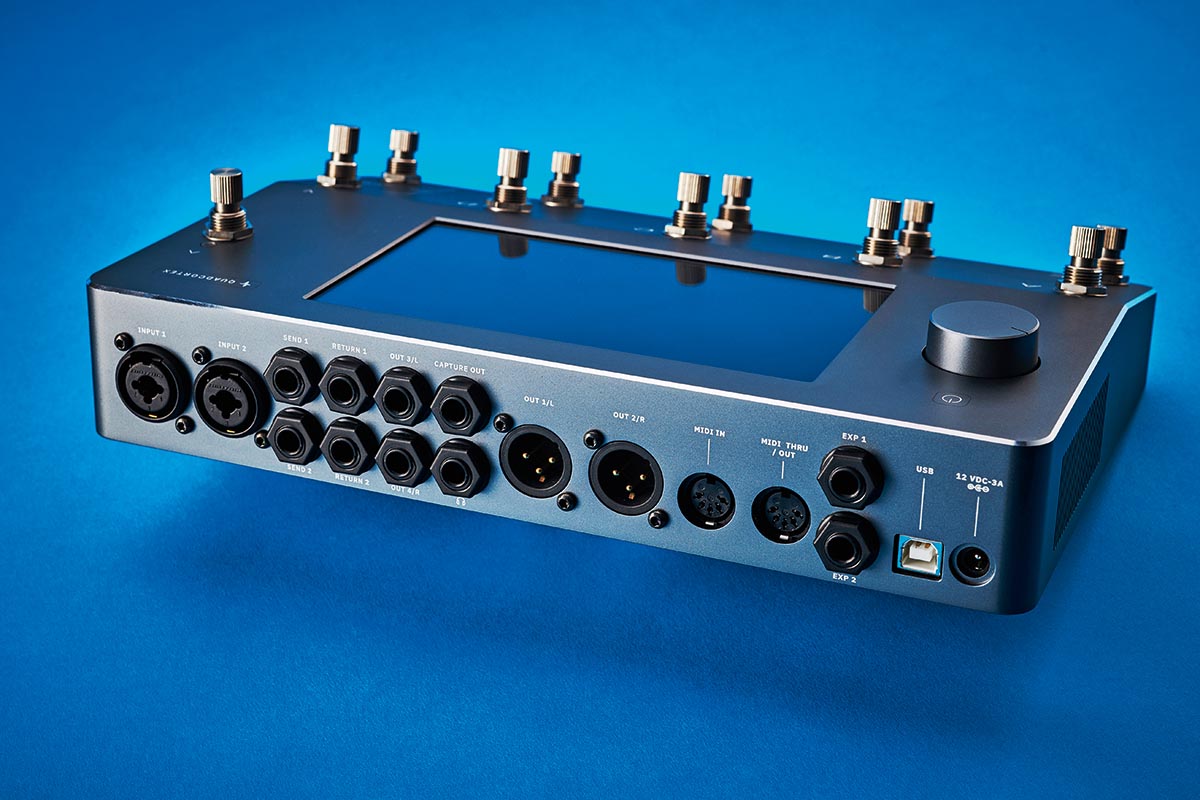
Preset mode allows you to use the eight stomp buttons to select one of eight presets per Bank, and with the up and down stomp buttons, cycle through those Banks. A total of 32 are available, meaning you have 256 presets to play with before you even need to start creating your own.
Scene mode allows for eight snapshots of one preset, so you can bypass effects and tweak settings for eight different versions of the same preset, which effectively gives you over 2000 factory presets alone.
Stomp mode drills down into a preset even further by allowing you to assign individual effects, amp models, Neural Captures and IRs to one of the eight stomp buttons. Once the individual module is selected, the eight stomp buttons can be used as rotary encoders for settings within that effect – genius!
The architecture for each preset is as flexible as it comes and allows you to experiment to your heart’s content. The individual models within a preset are laid out in a grid, and when building your own, you can build up to four individual signal routings with an amp model, plus effects on each one, routed to one of the four individual outputs. The signal path isn’t linear, either, with the option to split/mix the signal at any point.
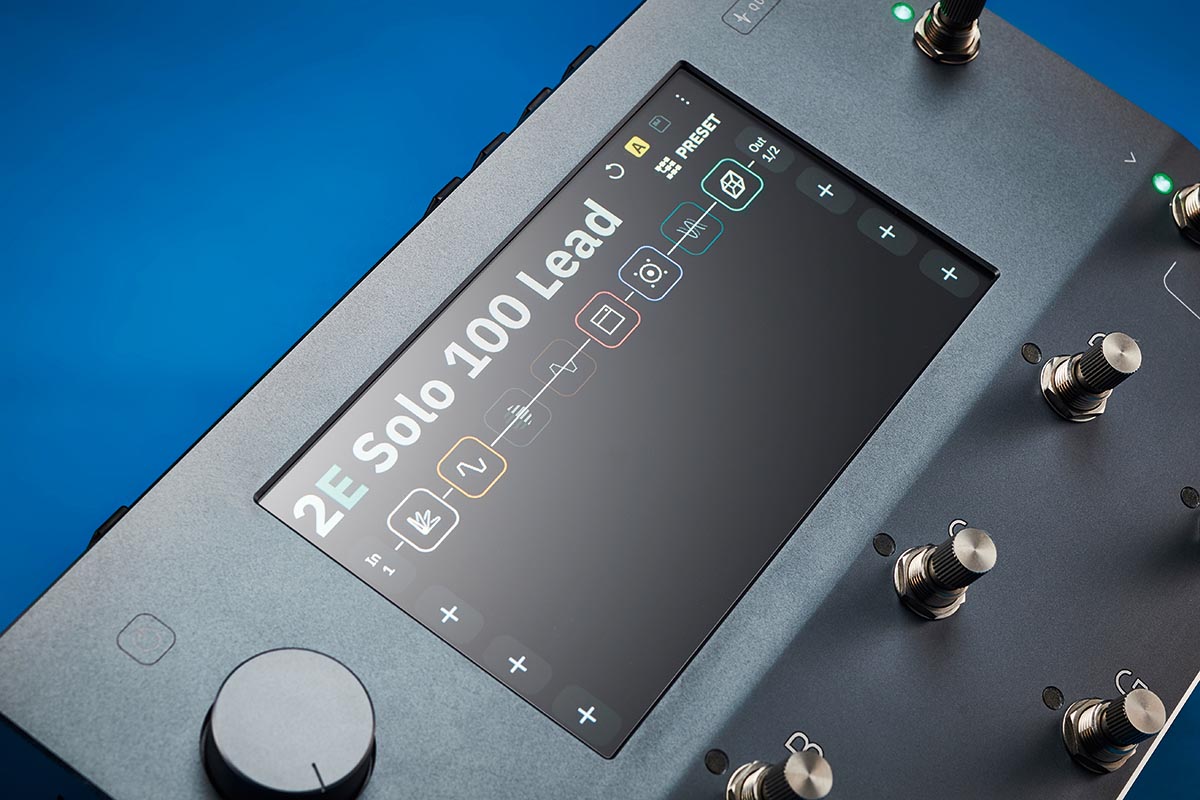
Quad Cortex’s biggest USP has to be the Neural Capture feature. Powered by AI, capturing your own amps and pedals is blindingly fast, remarkably simple and above all else, delivers great accuracy. The Quad Cortex guides you through the process on screen every step of the way, ensuring the correct connections are made and appropriate levels are set.
Similar to Kemper’s profiling, Neural Capture sends and receives a test tone through the target amp or overdrive pedal. We tested it on the Orange Dark Terror and were stunned by the speed and accuracy with which the Neural Capture was created.
For those still baulking at the price, it is worth considering that this device is able to be updated over time, which further adds to the value.
Our initial thoughts were that the unit would be best suited for studio use, but are now convinced this is the One Pedal To Rule Them All. It’s portable, lightweight, rugged enough and perfectly adept for gigging. With an ever-growing collection of user Neural Captures at your disposal, the Quad Cortex experience can only get better.
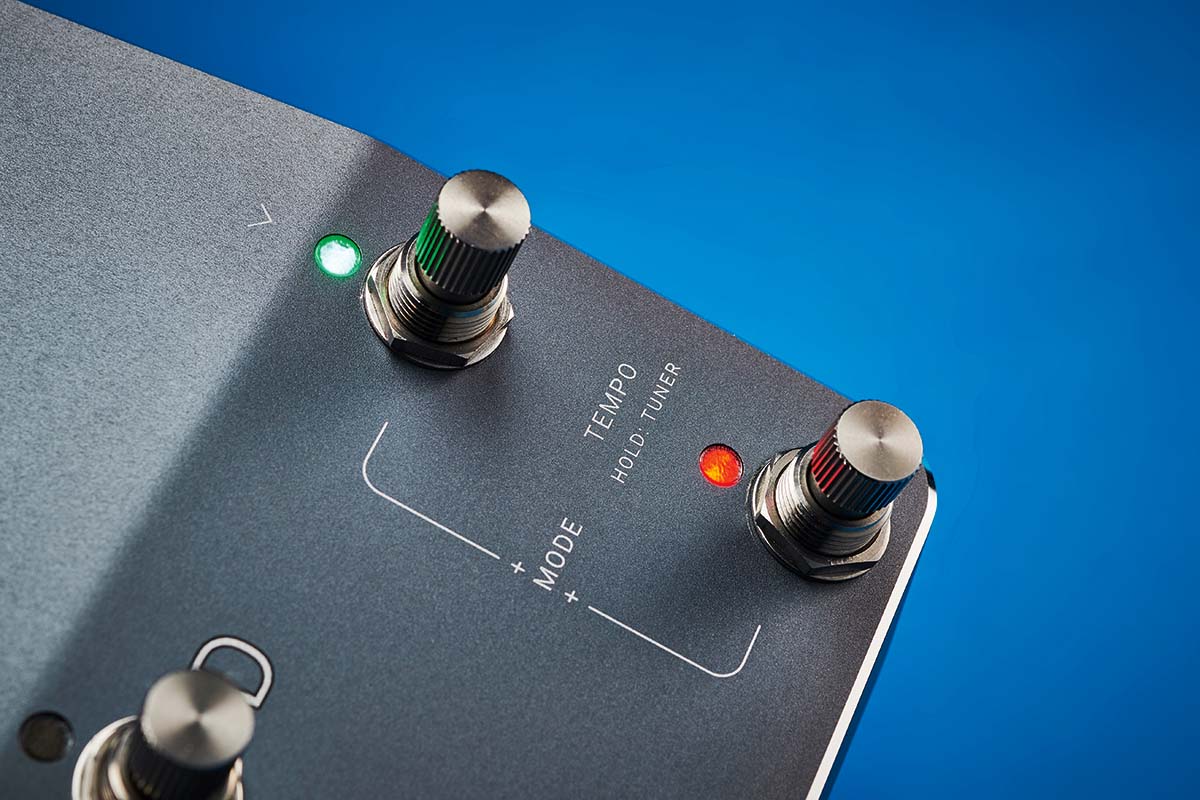
There are a couple of gripes, though. At the time of writing, you’re unable to use presets from your desktop Neural DSP plugins, but it is hoped that will be implemented in the future, as will the plugins themselves. So any Neural DSP plugins you currently own, should, in theory, be available for the Quad Cortex at no extra cost.
There’s currently no desktop app for the Quad Cortex, either, which may also be a future feature to arrive via an update. This means that uploading and downloading Captures and Presets can only be done with the aid of the Cortex app.
There is so much to like about the Quad Cortex, and despite the lofty price, it has us looking around at all the now-superfluous gear we could put up on eBay to make way for what could be the last all-in-one digital rig we’ll ever need – but not before we’ve captured everything first.
Specs
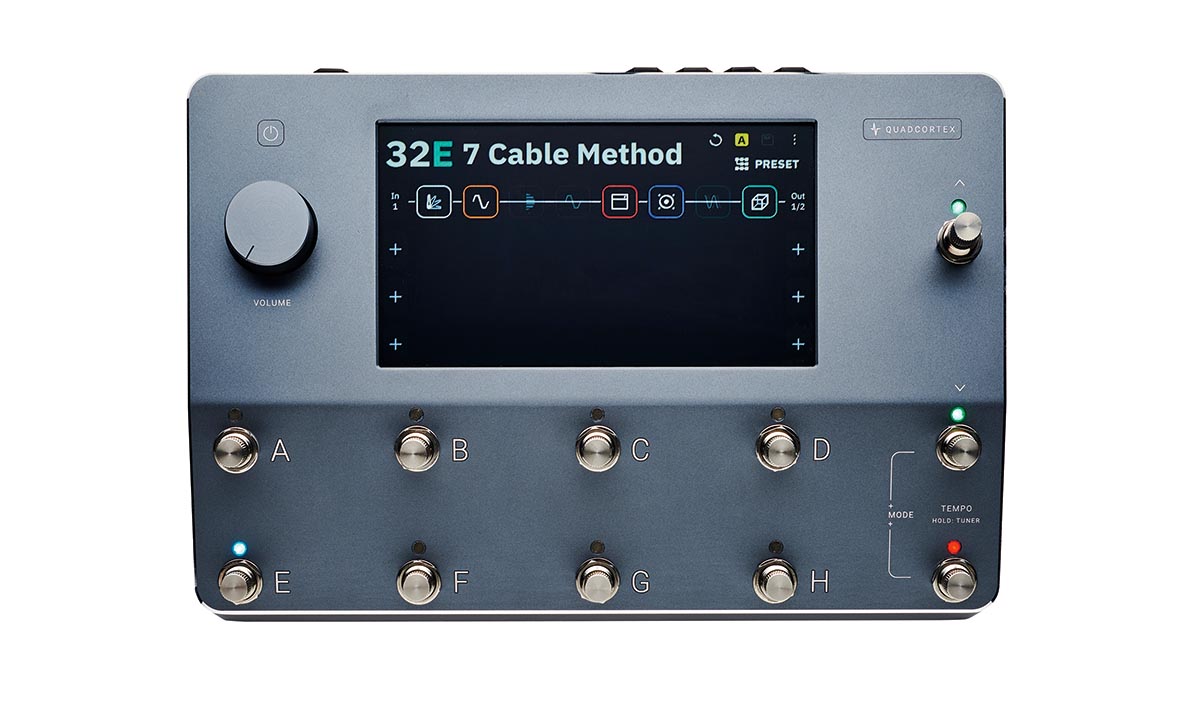
- PRICE: $1,849 / £,1449
- TYPE: Amp modeler/profiler and multi-effects
- KEY FEATURES: 50+ amp models, 70+ effects, 1000+ Impulse Responses, 7” display with multi-touch sensors, AI-powered Neural Capture, Proprietary stainless steel stomp+rotary actuators, 2GHz Quad-Core SHARC architecture, Anodized aluminum unibody, WIFI for wireless preset sharing, cloud backups and firmware updates
- EXTRAS: Cortex app for deep editing and sharing presets
- CONNECTIONS: Dual combo inputs, dual effects-loops, 2x 1/4” output jacks, 2x XLR output jacks, headphones output, MIDI in, out/thru, dual expression inputs, USB audio interface with Cirrus Logic codecs
- DIMENSIONS: 29 x 19 x 4.9cm
- WEIGHT (kg/lbs): 1.95/4.2
- CONTACT: Neural DSP
“If you’re a young guitar player, that’s money well spent”: John Mayer names the pedal he thinks every young guitar player should consider buying
“An effortless way to customize your TONEX pedals for the stage”: IK Multimedia answers players’ prayers and gives its best-selling TONEX units their biggest upgrade to date – a dedicated editor
